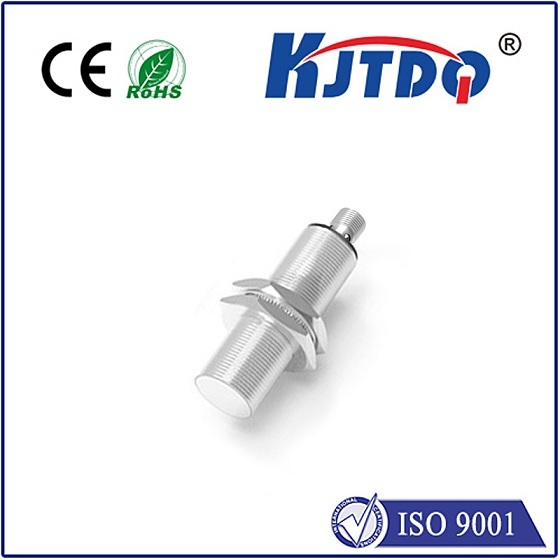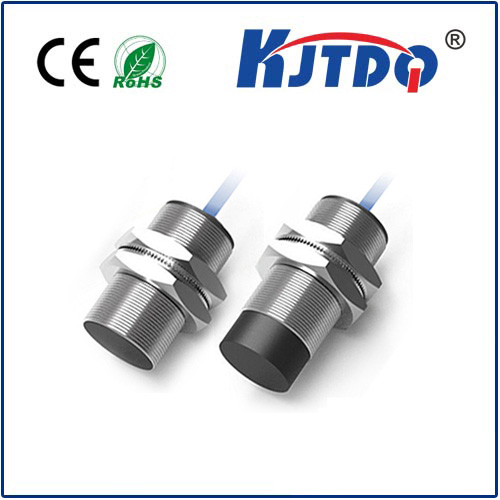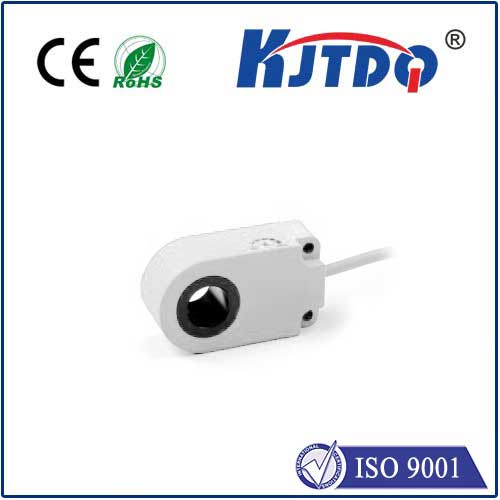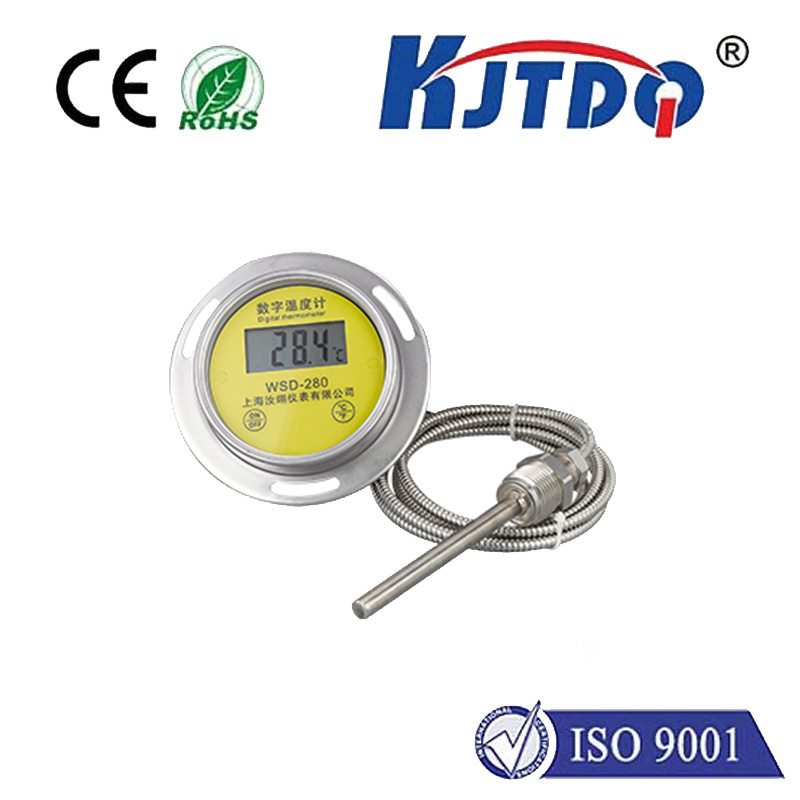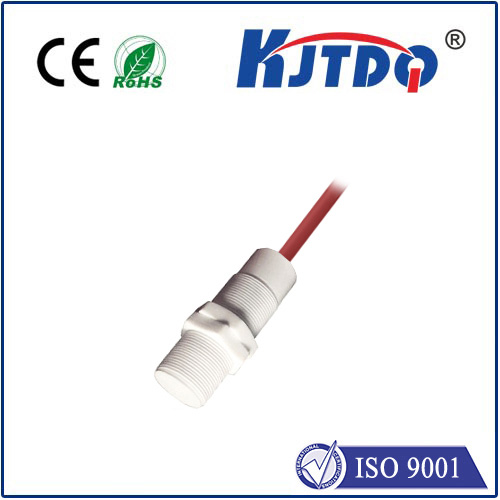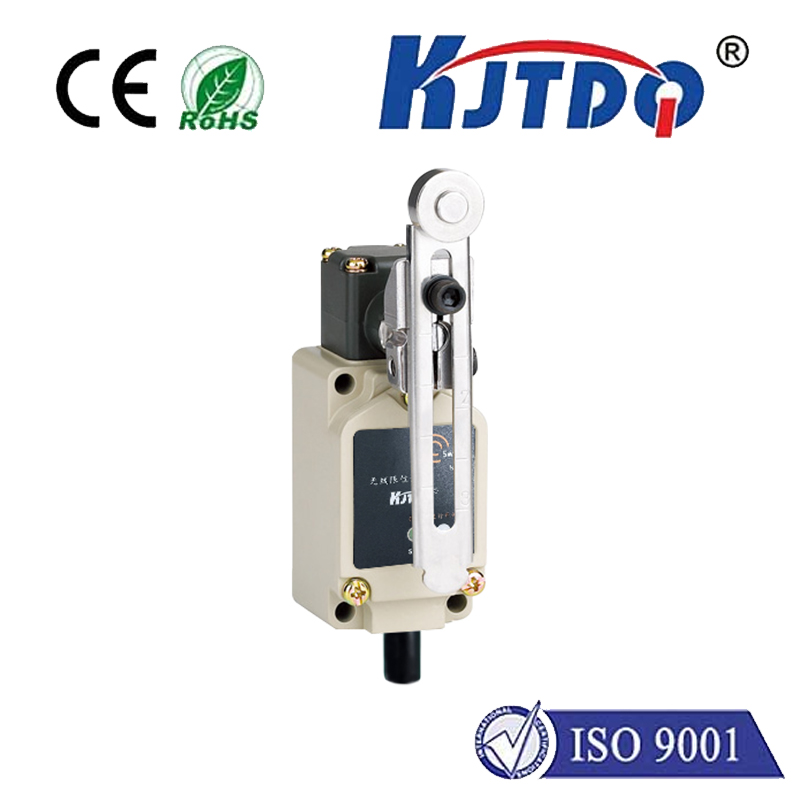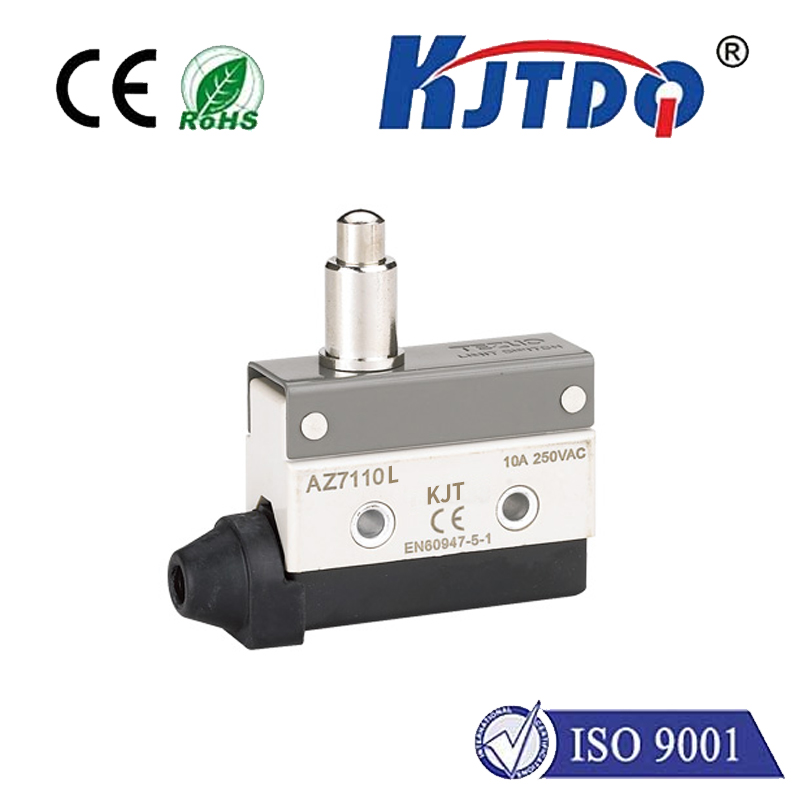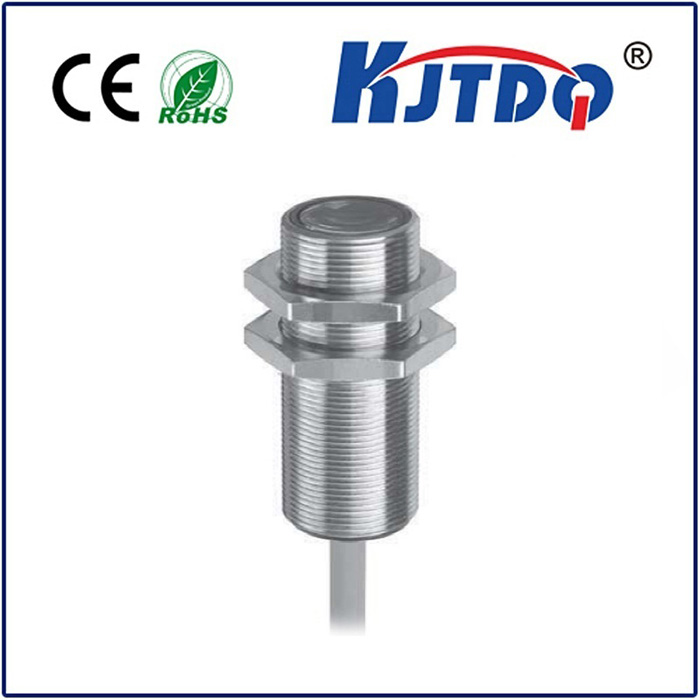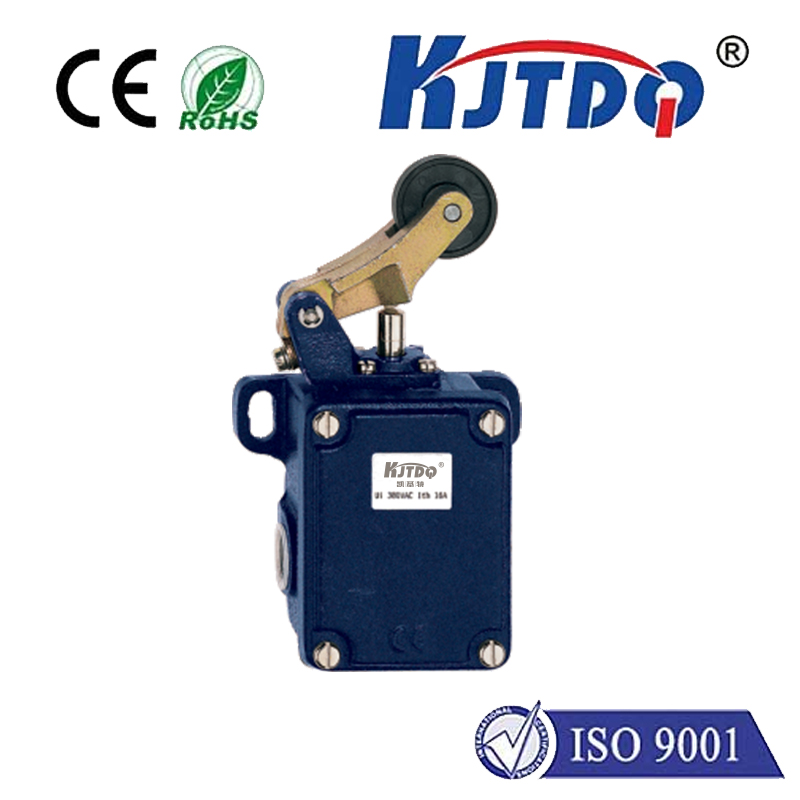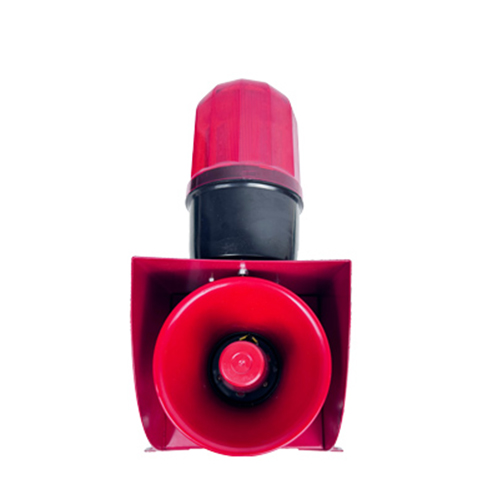E3FB-BP21 5v photoelectric sensor
- time:2025-10-09 09:28:14
- Click:0
Harnessing Precision Detection: Exploring the Omron E3FB-BP21 5V Photoelectric Sensor
In the intricate dance of modern automation, reliable object detection is a fundamental step. Sensors act as the vigilant eyes of machinery, feeding crucial data to control systems. Among the diverse sensing technologies available, photoelectric sensors stand out for their versatility, speed, and non-contact operation. When the application demands compact size, efficient power consumption, and dependable performance in confined spaces, the Omron E3FB-BP21 5V Photoelectric Sensor emerges as a compelling solution. This sophisticated device is engineered to deliver precise detection capabilities where space and power are at a premium.
Understanding Photoelectric Sensing: Seeing Without Touching
At its core, a photoelectric sensor detects the presence, absence, or distance of an object using light. The E3FB-BP21 utilizes a through-beam configuration. This involves two separate units: an emitter and a receiver. The emitter continuously projects a focused beam of light (typically infrared for reliability). The receiver, positioned directly opposite, constantly monitors for this light signal. When an object physically interrupts the beam between the emitter and receiver, the sensor’s output state changes, signaling the object’s presence to the connected controller (like a PLC). This method offers excellent sensing ranges and high immunity to target color, texture, or reflectivity, making it ideal for diverse applications.
Why the Omron E3FB-BP21 5V Stands Out

The E3FB-BP21 isn’t just any photoelectric sensor; its specifications are precisely tuned for modern automation challenges:
- Compact Design: Measuring a mere 12 x 12 x 31.5 mm (W x H x D), this 5V sensor is incredibly space-efficient. Its miniature form factor allows installation in cramped locations where larger sensors simply wouldn’t fit, making it perfect for dense PCB assemblies, small machinery, and robotic end-effectors.
- 5V DC Operation: This is a defining feature. While many industrial sensors require 12-24V DC supplies, the E3FB-BP21 operates efficiently at a low 5 volts. This makes it ideally suited for direct integration with microcontrollers (Arduino, Raspberry Pi), low-voltage logic circuits, battery-powered devices, and applications within consumer electronics where standard industrial voltages are impractical or unavailable. It significantly simplifies power supply design for embedded systems.
- Through-Beam Performance: Despite its small size, it offers a practical sensing range. With a standard sensing distance of 0.5 meters, it provides reliable detection for a wide array of tasks. The focused beam ensures minimal susceptibility to background interference. Its fast response time (< 1ms) is crucial for high-speed counting or positioning tasks.
- Light-On/Dark-On Operation: This photoelectric sensor provides flexible output logic. It can be configured as “Light ON” (output active when the receiver detects the beam) or “Dark ON” (output active when the beam is interrupted). This versatility allows seamless adaptation to different control logic requirements.
- NPN Output: The sensor features an NPN open-collector transistor output, a common and compatible interface standard for PLCs and microcontrollers. This simplifies wiring and allows easy connection to digital input modules or GPIO pins.
- Reliability and Build Quality: As an Omron sensor, the E3FB-BP21 benefits from the manufacturer’s reputation for industrial-grade reliability and durability. Designed to withstand the typical electrical noise and minor environmental fluctuations found in automation settings, it offers dependable long-term operation.
Key Applications: Where the E3FB-BP21 5V Excels
The unique combination of compact size, 5V operation, and through-beam reliability opens doors to numerous applications:
- Micro-automation & Small Machinery: Detecting miniature parts on feeders, verifying component placement on tiny assembly lines, or confirming the presence of small products in packaging equipment.
- Embedded Systems & Robotics: Used inside robotic arms for end-of-arm tooling position verification, on mobile robots for boundary sensing or object detection, or integrated directly onto custom PCBs for object presence tasks.
- Consumer Electronics Manufacturing: Ideal for precise component detection during SMT (Surface Mount Technology) processes, verifying connector insertion, or checking label application on small devices – its 5V compatibility is key here.
- Low-Voltage Control Panels: Directly interfacing with logic circuits and microcontrollers within control panels without requiring voltage level shifting.
- Battery-Operated Devices: Enabling object detection features in portable equipment or handheld tools where power efficiency is paramount. Its low voltage requirement minimizes energy drain.
- Counting & Positioning: Accurate object counting on conveyors (especially smaller items) or verifying object position before a process step.
- 3D Printing: Detecting filament runout, end-stop positioning, or toolhead calibration within the constrained space of a printer frame.
The Significance of 5V Operation
The 5V DC supply requirement isn’t just a minor detail; it’s a strategic advantage. It positions the E3FB-BP21 perfectly for the burgeoning world of:
- Maker Projects & Prototyping: Simplifies connection to popular development boards like Arduino, Raspberry Pi, ESP32, etc., requiring no external power conditioning.
- Custom Electronics Integration: Designers can incorporate this powerful photoelectric sensor directly into their low-voltage digital circuits (3.3V or 5V logic families) without complex voltage converters or separate power supplies.
- IoT Edge Devices: Facilitates integration into smart, connected devices operating at logic level voltages.
Installation Considerations for Optimal Performance
Maximizing the effectiveness of your Omron E3FB-BP21 involves mindful installation:
- Secure Mounting: Ensure both the emitter and receiver units are firmly fixed. Even slight movement can misalign the beam, causing unreliable detection. Utilize mounting brackets compatible with M2 screws.
- Precise Alignment: Crucially, the emitter and receiver must be directly facing each other. Any misalignment significantly reduces the effective sensing range and can cause false triggers or missed detections. Use manufacturer-recommended alignment tools if necessary.
- Avoid Optical Interference: Ensure the light path is clear of dust, smoke, or obstructions. Be mindful of highly reflective surfaces nearby that might bounce the beam inadvertently back to the receiver, causing false “Light ON” states. Ambient bright light (especially direct sunlight) can sometimes interfere; the sensor’s modulated infrared light helps mitigate this, but positioning away from strong light sources is beneficial.
- Electrical Connections: Use appropriate wiring gauges. Connect the Brown wire (+V, 5V DC), Blue wire (0V, GND), and the Black wire (NPN Output) correctly to your controller’s power and input terminals. Ensure polarity is maintained on the power supply.
By understanding its core function – the reliable interruption detection of a light beam – and leveraging its key strengths of miniaturization and 5V compatibility, the Omron E3FB-BP21 proves to be an indispensable tool for engineers and designers tackling the challenges of modern, compact, and efficient automation and electronics projects. Its ability to operate seamlessly within low-voltage ecosystems while delivering industrial-grade sensing performance makes it a truly versatile and valuable component.






